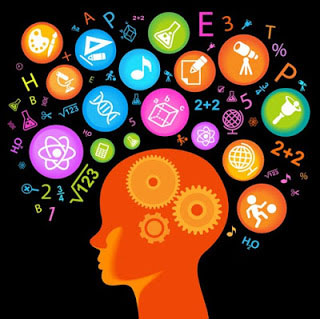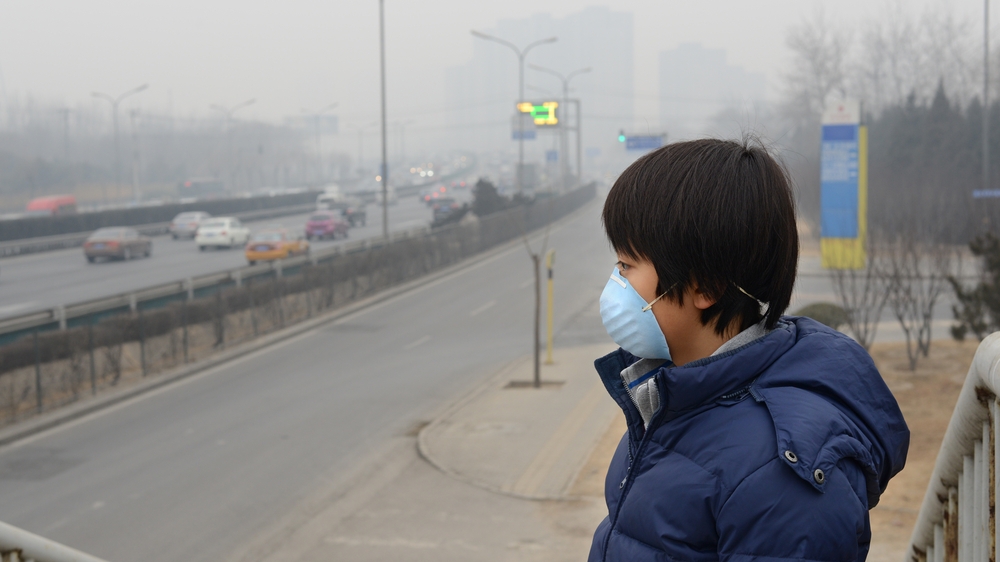Media Information Fluency
1. Name of Fluency: Media Information Fluency
2. Description of Fluency:
UNESCO (2017) "Empowerment of people through Media and Information Literacy (MIL) is an important prerequisite for fostering equitable access to information and knowledge and promoting free, independent and pluralistic media and information systems.
Media and Information Literacy recognizes the primary role of information and media in our everyday lives. It lies at the core of freedom of expression and information - since it empowers citizens to understand the functions of media and other information providers, to critically evaluate their content, and to make informed decisions as users and producer of information and media content.
Information Literacy and Media Literacy are traditionally seen as separate and distinct fields. UNESCO’s strategy brings together these two fields as a combined set of competencies (knowledge, skills and attitude) necessary for life and work today. MIL considers all forms of media and other information providers such as libraries, archive, museums and Internet irrespective of technologies used.
A particular focus will be on training teachers to sensitize them to the importance of MIL in the education process, enable them to integrate MIL into their teaching and provide them with appropriate pedagogical methods, curricula and resources. "
3. Skills needed to develop this fluency:
- Problem solving
- Creativity
- Analytic thinking
- Collaboration with peers
- Communication within groups
4. Use of Facebook used to relate this fluency:
Facebook is an online social media. In the snapshot below, it shows how Facebook can be utilized for teacher and student interaction outside of the classroom. Teachers can post up questions and in the comments answers can be posted and discussed.
5. Related learning theories: Connectivism theory - Connectivism
is the integration of principles explored by chaos, network, and complexity and
self-organization theories. Learning is a process that occurs within nebulous
environments of shifting core elements. (Elearnspace, George Siemens, December 2004)
6.References:
- UNESCO (2017)
- Global Digital Citizen; Lee Watanabe-Crockett (Aug 2 2017)












 Effects of air pollution on humans.
Effects of air pollution on humans.  Effects of littering on sea animals.
Effects of littering on sea animals.
